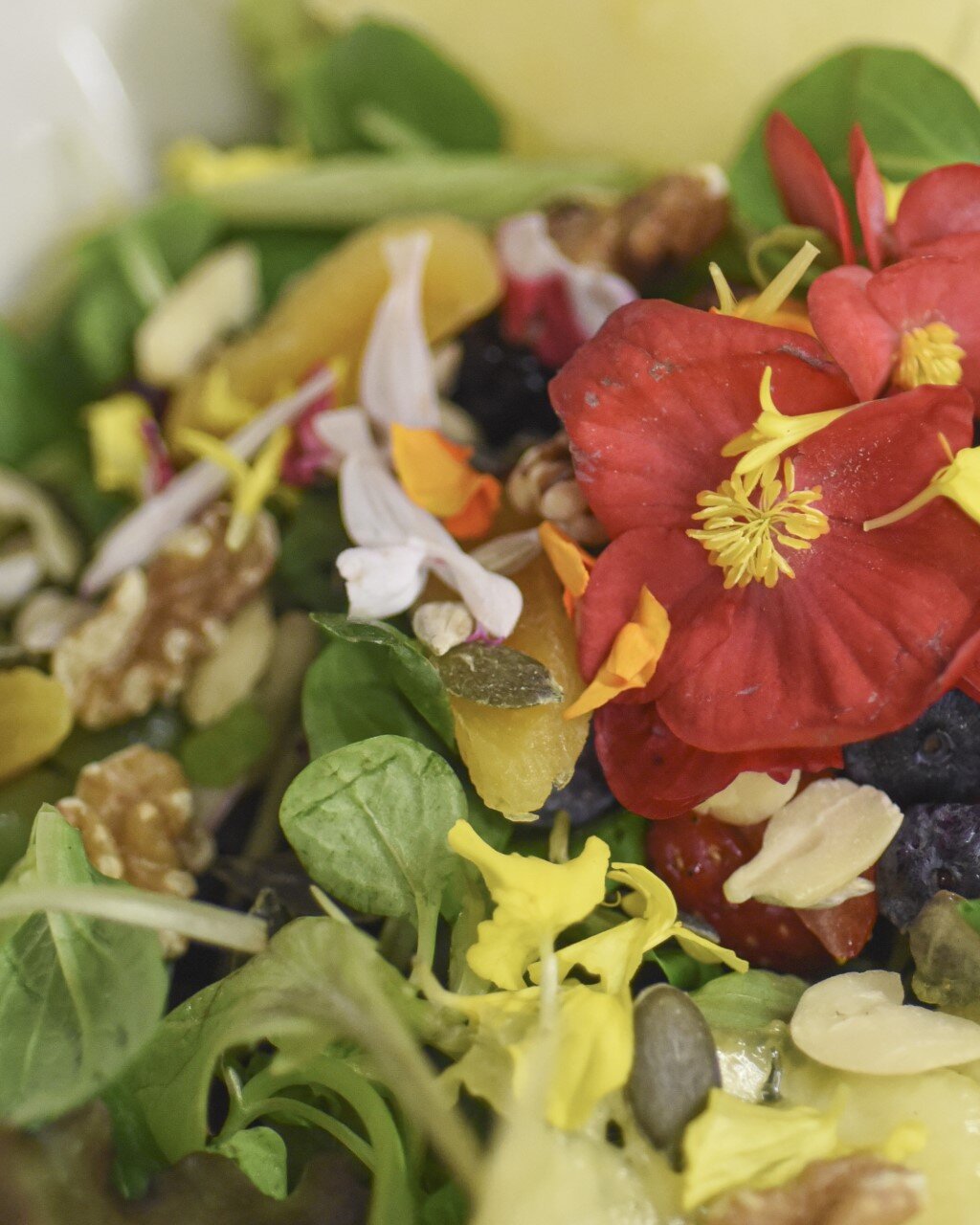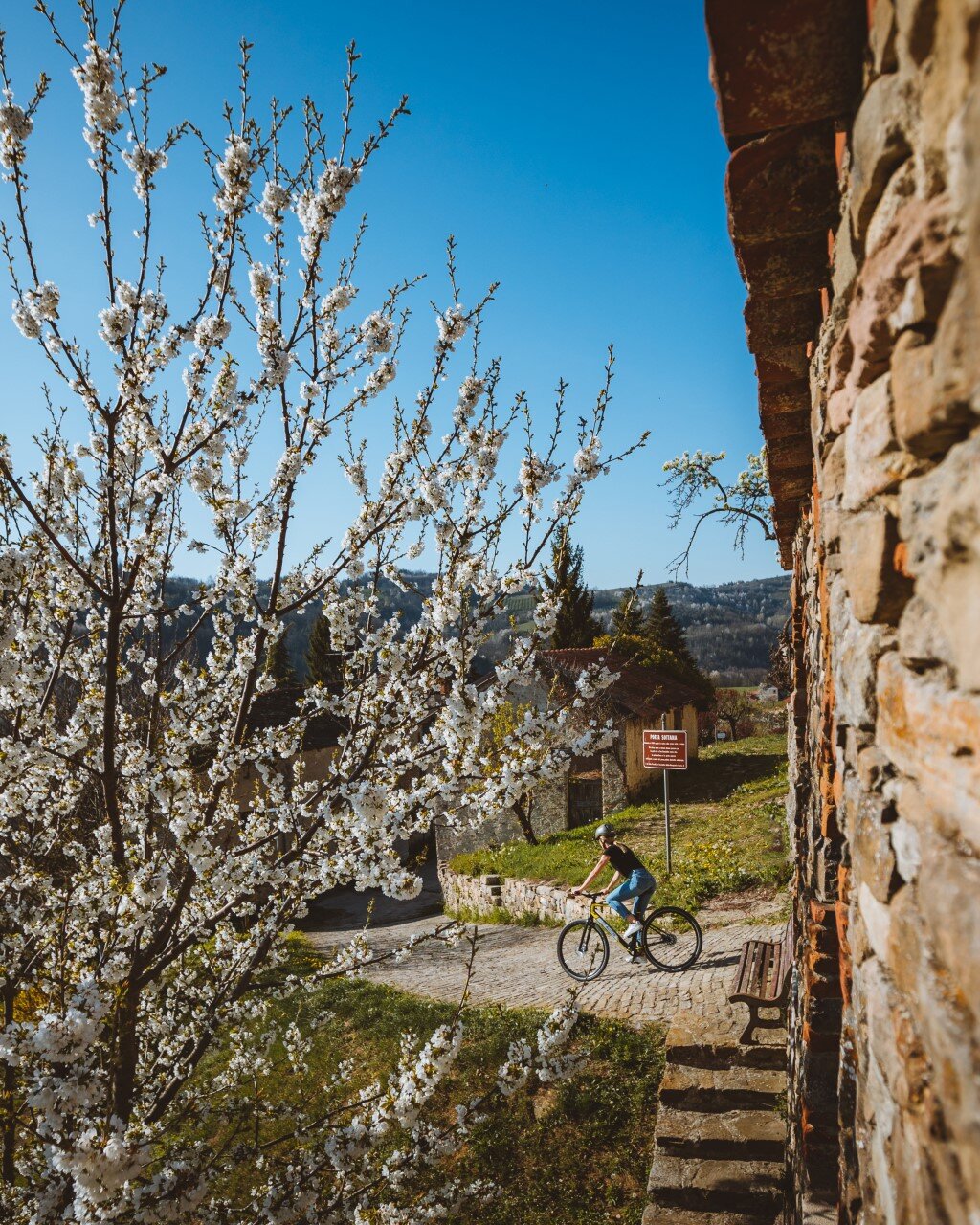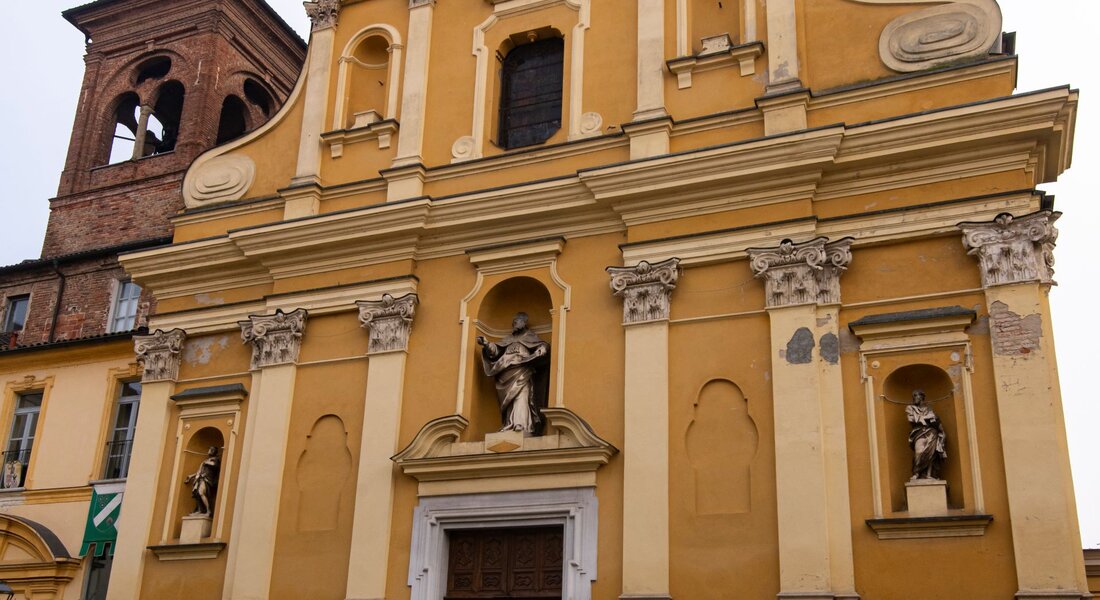Find out more
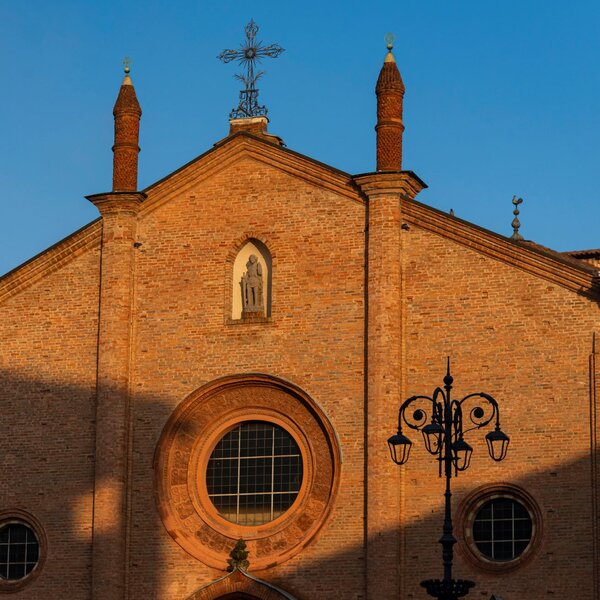
Asti, a true medieval capital
Find out moreIt is hard to imagine what Asti must have looked like to a bewildered 14th-century merchant, a city where houses occupied entire blocks and around a hundred tall towers soared into the sky, where its inhabitants financed distant states and wars and were used to dealing on an equal footing with emperors. It is true: many towers were lowered between the 17th and 19th centuries, and in the last century part of the massive inner wall, the so-called "enclosure of the nobles", was demolished; the other part, commissioned by the Visconti family, was known as the "enclosure of the burgesses" and had already disappeared almost naturally in centuries past, along with their citadel built in Piazza Alfieri.
Via Isnardi then joins Via Mazzini, where there were many houses belonging to the Guelph Malabaila family. Their palace, at the street entrance on the left, bears witness to their wealth: an imposing Renaissance façade with sandstone friezes. Even with the signs of time, it retains its charm and it is not surprising that Francis I of France was hosted here.
Find out more
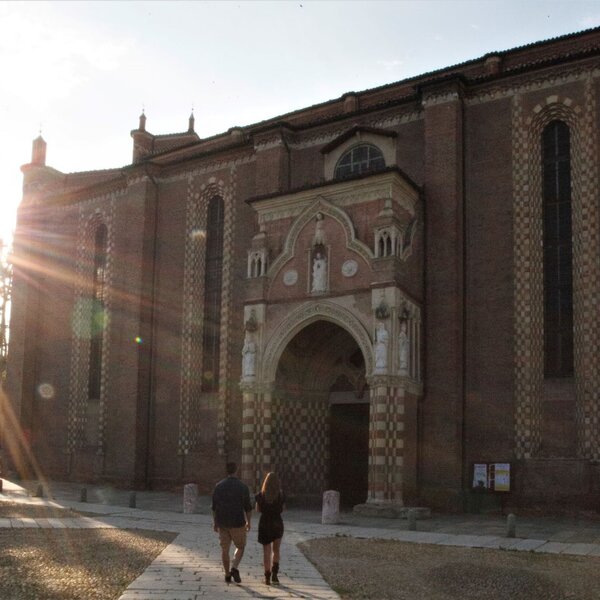
Asti, the Duomo District
Find out moreA little further on the right, at number 4, we can see the façade of the Montafia Fortified House, adorned with a tower (now lowered) with two ogival windows in terracotta, surmounted by another two with the original mullioned windows. We turn onto Via Malabaila, a charming little street where the houses of the Asinari di Grésy, Cacherano della Rocca and Busca del Mango families used to stand on the right. Many of the existing buildings show considerable traces of this past; at number 6 we find Palazzo Ponte, now restored, and opposite, at the corner with Via Asinari, the imposing structure of another Palazzo Malabaila (of the Antignano lineage) where the tower can still be seen. The following Palazzo Roero di Settime e Mombarone (which overlooks Piazza San Martino) is also noteworthy. Still in Via Asinari, it is possible to feel nostalgic about Palazzo Crivelli di Canelli, which retains its original forms, despite the complex stratigraphy of the centuries. Via Malabaila leads straight to Via Roero where, as a perfect backdrop, the Torre Roero di Monteu (Roero di Monteu Tower) stands out: in the past, this was three storeys high, all decorated with mullioned windows; to the left, a low pointed arch acted as a service entrance, as the palace opened onto the square. The Roero's fortified house was very large, extending all the way to the corner of Via Sella, and, like all houses, was completely self-sufficient.
Find out more
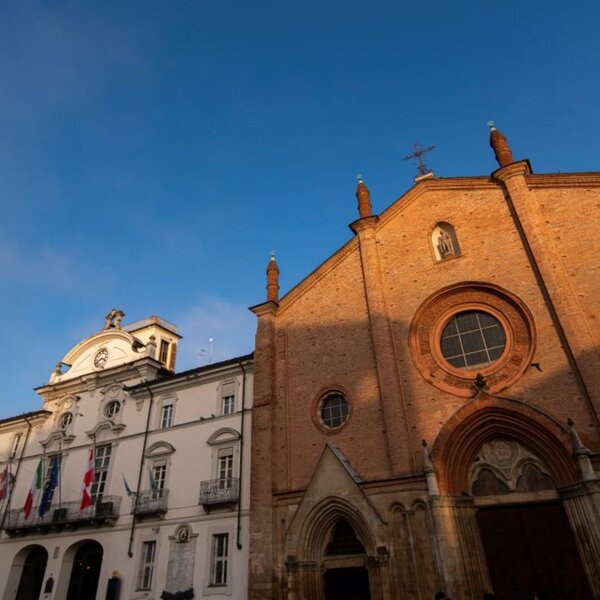
Asti: the city of Merchants
Find out moreThere were many houses on the homonymous Via Roero belonging to this noble and powerful Ghibelline family, whose branches had fiefdoms almost everywhere, but mainly in the lands to the left of the Tanaro river that still bear their name. In Via Roero, alongside the Monteu branch, there were the already mentioned Roero di Settime, those of Cortanze and those of Piea. The monumental Palazzo dei Roero di Settime now has a baroque façade with frescoed interiors and an imposing staircase leading to the main floor. Via Roero joins Corso Alfieri right at the corner with the Torre Deregibus (Deregibus Tower) see route “Asti, the Duomo district” and in the opposite direction it goes as far as Piazza San Giuseppe; part of Palazzo Roero di Cortanze, now called Casa Costacurta, and the nearby Palazzo Roero di Piea e Monticello are clearly visible along this stretch.
To the west of Piazza San Giuseppe lies the area known as "delle caserme" (the barracks), once occupied by two convents (of Sant'Anna and of the Carmelites) and used for military purposes since the 19th century. The complex, one of the best examples of homogeneous construction from the last century, is undergoing complete renovation: it houses the Archivio di Stato (State Archives) and the Law Courts.
If you walk back, you will see on the right at the corner with Via XX Settembre the peculiar Casa Baussano, of medieval origin but painted at the beginning of the 20th century by this well-known family of decorators from Asti who also painted some Palios.
The imposing volume that defines the corner of Via XX Settembre, Piazza San Giuseppe and Via San Martino is the most important Palazzo dei Pelletta: it houses the largest medieval fondaco (merchant's warehouse) in the city and stood strategically in front of one of the gates, that of San Martino, which gave its name to the street we are about to walk along. The first stretch is one of the most charming views of the neighbourhood: in the silence of the pedestrian precinct, the street winds quietly between a large group of restored buildings, such as the side street of Via Cotti Ceres (right), overlooked by the homonymous palace, as well as other noble buildings and, at the corner with Via Solari, the Palazzo dei Galli (perhaps once owned by the Solaro family) marked by a cornerstone featuring the two birds. So we walk along this narrow, picturesque street to arrive in front of the Augustinian Convent, at the corner of Via Solari and Via Bonzanigo.
Find out more
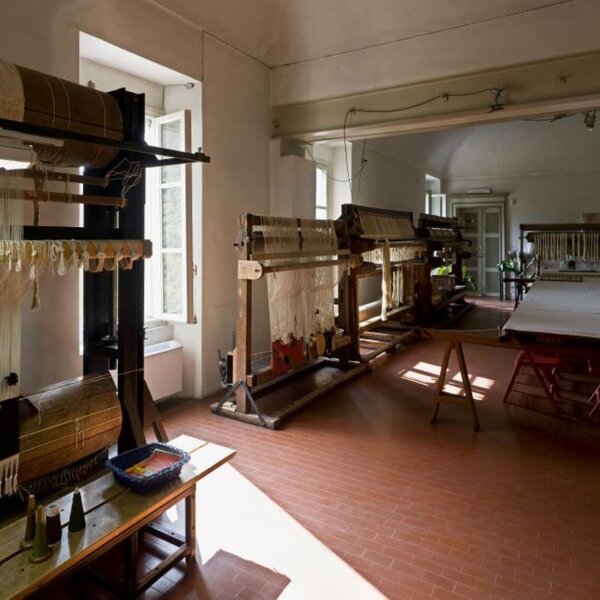
A stroll through the “ventine” – from Asti to Viatosto
Find out moreVia Bonzanigo is another quiet, romantic street with a rare oddity: a real farmhouse set within the former convent, the Cascina del Racconto, a venue for events, gatherings and literary readings. We are now in the so-called "Contrada della Campana" (district of the bell) because in ancient times a small portico with a "cioca", in dialect a bell, stood on the corner of Piazza Statuto; the portico was connected to a house belonging to the Natta family, one of the oldest fortified houses in Asti, where the first prisons were later to be built, right on the corner of Via Sella. This street, the parallel streets Via Garetto and Via Aliberti, and various side streets are embellished by numerous noble palaces, which time has transformed, hiding their ancient origins, because the soul of Asti's houses is always medieval.
In the final stretch of Via Sella, where the road comes to a wide turnout (dedicated to the architect Benedetto Alfieri), we have a long stop to take a look at Palazzo Gazelli di Rossana (formerly belonging to the Cotti di Ceres and Scurzolengo families) and the fortified house of the Roero di Cortanze family. The first palace is one of the best Baroque buildings in Asti, which was again designed by Alfieri. The elegant lines of the façade, with its portal and Spanish ironwork grilles are just a hint of the richness of the interiors: the atrium, the staircase, the loggia and the terrace are all decorated with stucco work. The palace, which also houses a secluded botanical garden with an adjoining chapel, preserves in its noble rooms 16 wooden scenes from the Palio of 1758.
The Palazzo dei Roero in Cortanze is completely different, with elegant mullioned windows on the second floor and polychrome arches whose harmony and grace are difficult to reconcile with its original function as a fortified house; in the outer corner stood a tower, which today has been lowered and refined by mullioned windows. According to the statutes, the towers of Asti could not be any higher than the Bertramenghi-Scarampi tower (which is still recalled on the façade of the palace in Piazza S. Secondo), i.e. they had to be less than 40 metres high. In the same block stands the aforementioned Casa Costacurta: the solid red of the bricks leaves room only for the rhomboidal motifs of the ironwork panels (a typical Asti decoration) and the gracefulness of the mullioned windows; the Roero di Cortanze family occupied the entire block and also this building was once part of a single large fortified house.
From Via Sella we turn right back onto Via San Martino and reach the homonymous square, passing by the Barnabite Convent that marks the eastern corner. The complex also includes the 17th-century rectory beside the Church of San Martino, a Baroque building with a rich interior, built by the Barnabite Fathers in 1696. Opposite San Martino, nestled between Palazzi Crivelli di Lumello (to the right) and Cacherano della Rocca (to the left), stands the former Brotherhood of San Michele, whose bell tower was once the tower of Palazzo Crivelli. Today the church is the dynamic centre of many cultural initiatives, dedicated to the glory of the "Diavolo Rosso" (Red Devil), aka Giovanni Gerbi, a cycling legend and the protagonist of a famous song by Paolo Conte. The last stretch of Via San Martino, at the crossroads with Corso Alfieri, is marked by Palazzo Ottolenghi (see route “Asti, the Duomo district”) to the left and the Palazzo Roero di San Severino e Sciolze, which almost reaches Piazza Roma.
Find out more
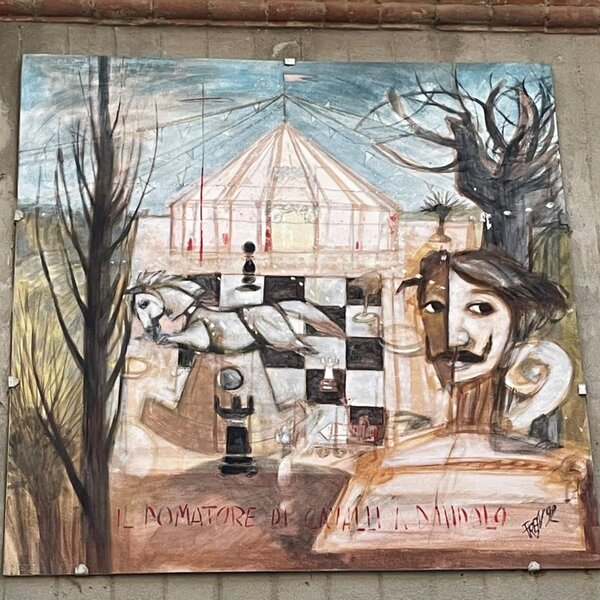
A stroll through the “ventine” – from Asti to Montemarzo
Find out moreFrom Piazza San Martino we follow Via Garetti, today the heart of the city's "movida", where at the crossroads with Via Balbo we find Palazzo dei Leoni (or dei Parati), marked by the cornerstone with a griffin, once belonging to the wealthy Alfieri family. This 14th-century building does not show its antiquity so much in the façade as in the courtyard, where the two columns and the portico can be admired, and especially in the interior: the medieval warehouse on the ground floor has ogival vaults, while on the main floor, the splendid 16th-century coffered ceilings, painted and decorated with pure gold, have been recovered, as well as the original ironstone floor. Along Via Balbo, but on the corner with Via Aliberti, stands the austere and almost intact medieval Gardini house; Via Balbo was once known as “dei macelli” (of the slaughterhouses) and in fact there was a butcher's shop on the ground floor of Casa Gardini. At the other corner, beyond the boundary wall, you can spot the garden of Palazzo Gastaldi, a fine example of Art Nouveau, today home to the Consorzio di Tutela dell'Asti (Asti DOCG Consortium). Overlooking Piazza Roma, it was built by the patron Count Ottolenghi, who also commissioned the monument dedicated to the Unity of Italy, for the 50th anniversary of the Statuto Albertino (the Albertine Statute).
Find out more
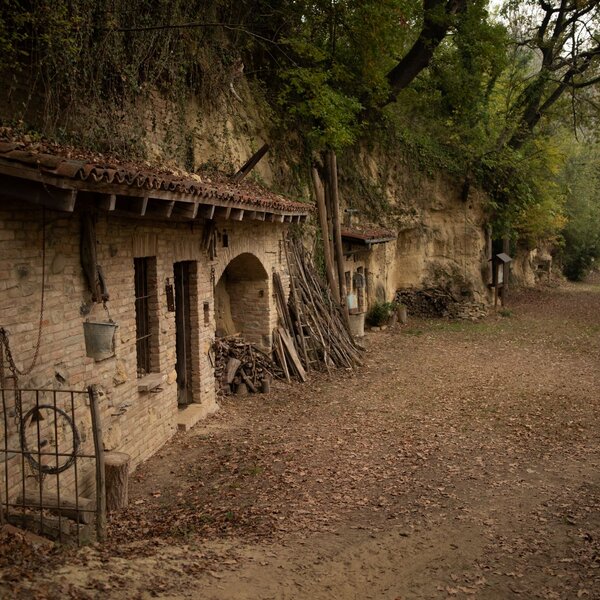
A stroll through the “ventine”: from Asti to Mombarone
Find out moreOn the eastern side of the square, a short flight of steps leads to Via Ottolenghi, where the "Contrada degli Israeliti" (the Jewish Ghetto, established in 1723, stretched between Via Ottolenghi and Via Aliberti, and was closed at night by two gates) began.
